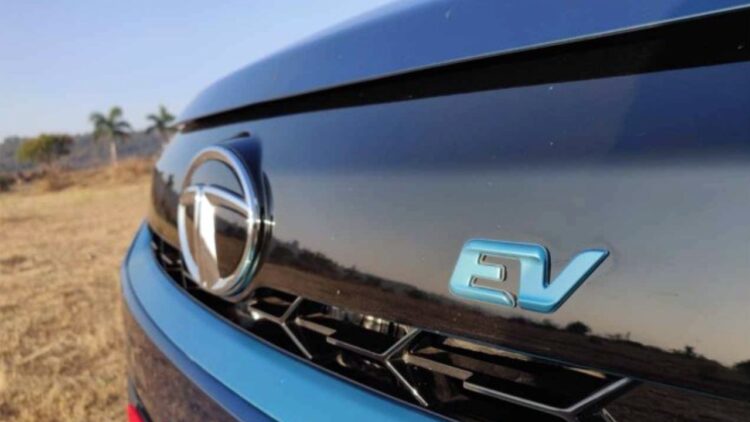The FAME-II subsidies are coming to an end after March 31, 2024, and Tata Motors has a lot to lose. Faster Adoption and Manufacturing of (Hybrid &) Electric Vehicles (FAME-II) subsidies in India are offered by the Ministry of Heavy Industries (MHI). These offer benefits to carmakers to manufacture and sell electric cars. The carmakers, then, pass on these benefits to the end consumers in the form of attractive pricing. However, after this policy comes to an end, EVs could get expensive. Let us take a look at the details here.
You may also like: Shailesh Chandra: Tata Motors to Launch 5 EV Variants by Next Year
Tata Motors to Suffer After FAME-II Subsidies Go Away?
At the moment, Tata Motors is the biggest EV maker in the country. It utilizes these incentives on its commercial electric vehicles, electric buses, and passenger electric vehicles. In fact, the Indian auto giant has sold over 2,200 electric buses and 15,000 EVs (for fleet services). For this, it gets an average of Rs 20,000 per kWh for the buses and Rs 10,000 per kWh for electric cars. To put this into perspective, the compact receives Rs 2.15 lakh incentives on its Xpress-T EV. This resulted in a total benefit of a jaw-dropping Rs 322.5 Crore, as per the Ministry of Heavy Industries (MHI).
You may also like: Tesla Cybertruck Owners Complain About Rust on Pickup Truck
The simple fact remains that Tata Motors sells the highest number of EVs in our country, both in commercial, as well as private sectors. Hence, when this scheme goes away, it will get impacted the most. However, to offset some of that loss, it could make use of the Production-Linked-Incentive (PLI) benefits offered by the government going forward. We shall have to see how the pricing of its electric cars gets affected from April 1, 2024 onwards.
You may also like: Mahindra BE.05 Spied Testing Near Jaipur

You may also like: Tata and Mahindra Electric Cars Could Get Cheaper- Here’s How
Author’s Note
Securing the backing of both central and state governments to encourage the adoption of EVs proves to be essential. Furthermore, it offers a glimpse into the future of mobility that lies ahead. It’s evident that electric vehicles are becoming a permanent fixture in the automotive landscape. Therefore, it’s wise to gradually embrace their integration into our lives. Given the challenges faced by diesel engines in meeting increasingly stringent emission standards, seeking alternatives early on is a prudent choice. Let us see how customers respond to the pricing of EVs after the end of government subsidies.


